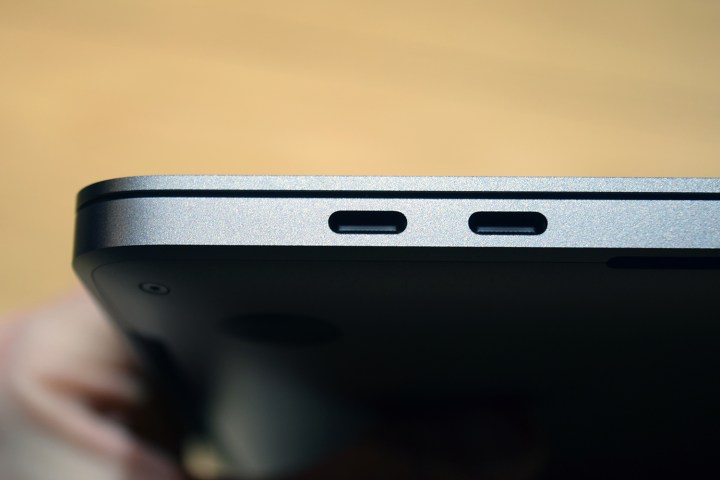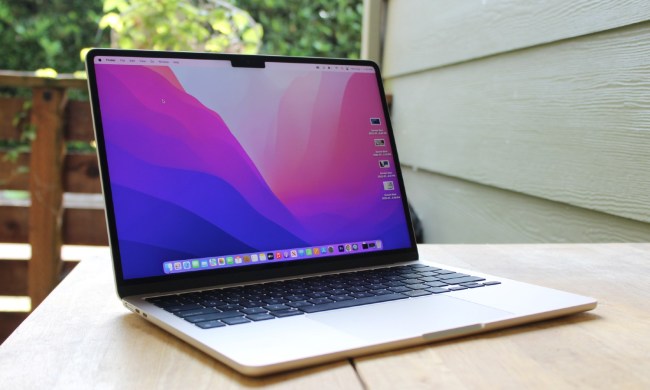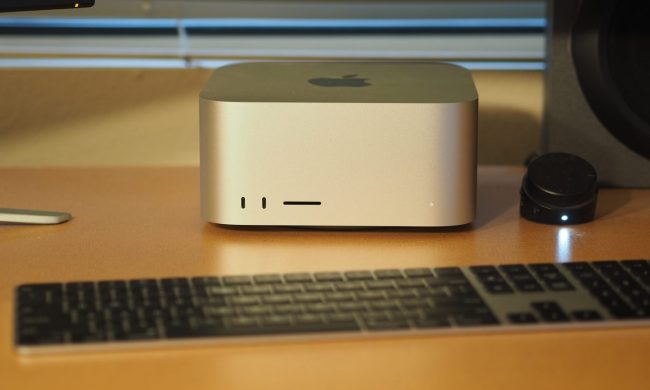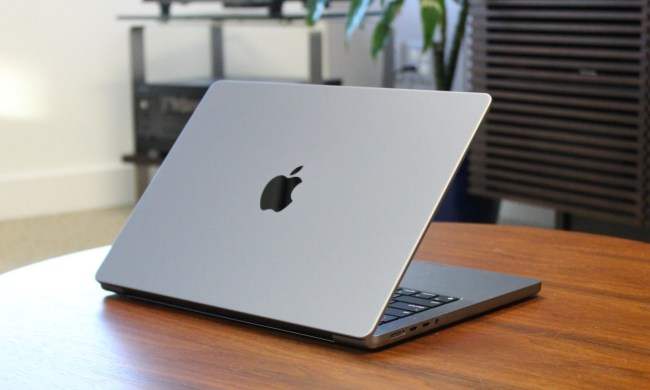
It’s not a surprise, especially given Apple’s embrace of the Thunderbolt platform in the past, but a support document from the company released after the event reveals that “only two of the four ports on the 13” MacBook Pro with a Touch Bar support Thunderbolt 3 at full performance,” MacRumors reported.
On the right side of the notebook, the document explains, the two Thunderbolt 3 (USB-C) ports have reduced PCI Express bandwidth. As a result, Apple recommends plugging your higher-performance devices into the Thunderbolt 3 ports on the left side of the MacBook.
“Late-2016 MacBook Pro models vary slightly in the data speeds they provide to each Thunderbolt 3 port,” the document reads.
- Macbook Pro (15-inch, Late 2016) delivers full Thunderbolt 3 performance on all four ports.
- MacBook Pro (13-inch, Late 2016, Four Thunderbolt 3 Ports) supports Thunderbolt 3 at full performance using the two left-hand ports. The two right-hand ports deliver Thunderbolt 3 functionality, but have reduced PCI Express bandwidth.
- MacBook Pro (13-inch, Late 2016, Two Thunderbolt 3 Ports) delivers full Thunderbolt 3 performance on both ports.
In addition, the Thunderbolt 3 ports (USB-C) ports on all MacBook Pro models have USB 3.1 Gen 2 (10Gb/s) speeds when they are connected to a USB accessory, according to MacRumors.
Related: This 13″ MacBook Pro teardown reveals product details we didn’t hear from Apple
And while the Thunderbolt 3 is “the port to rule them all,” plugging multiple chargers into the device will result in the MacBook drawing power from one of the chargers. You can also daisy-chain up to six devices to each Thunderbolt 3 port.
Apple also warns that using chargers that exceed 100W have the potential to damage the laptop, and that it would not be as effective to use chargers like the USB-C VGA Multiport Adapter or the USB-C Digital AV Multiport, as slow or delayed charging would result. Unsurprisingly, Apple recommends using its own charger for the MacBook.


